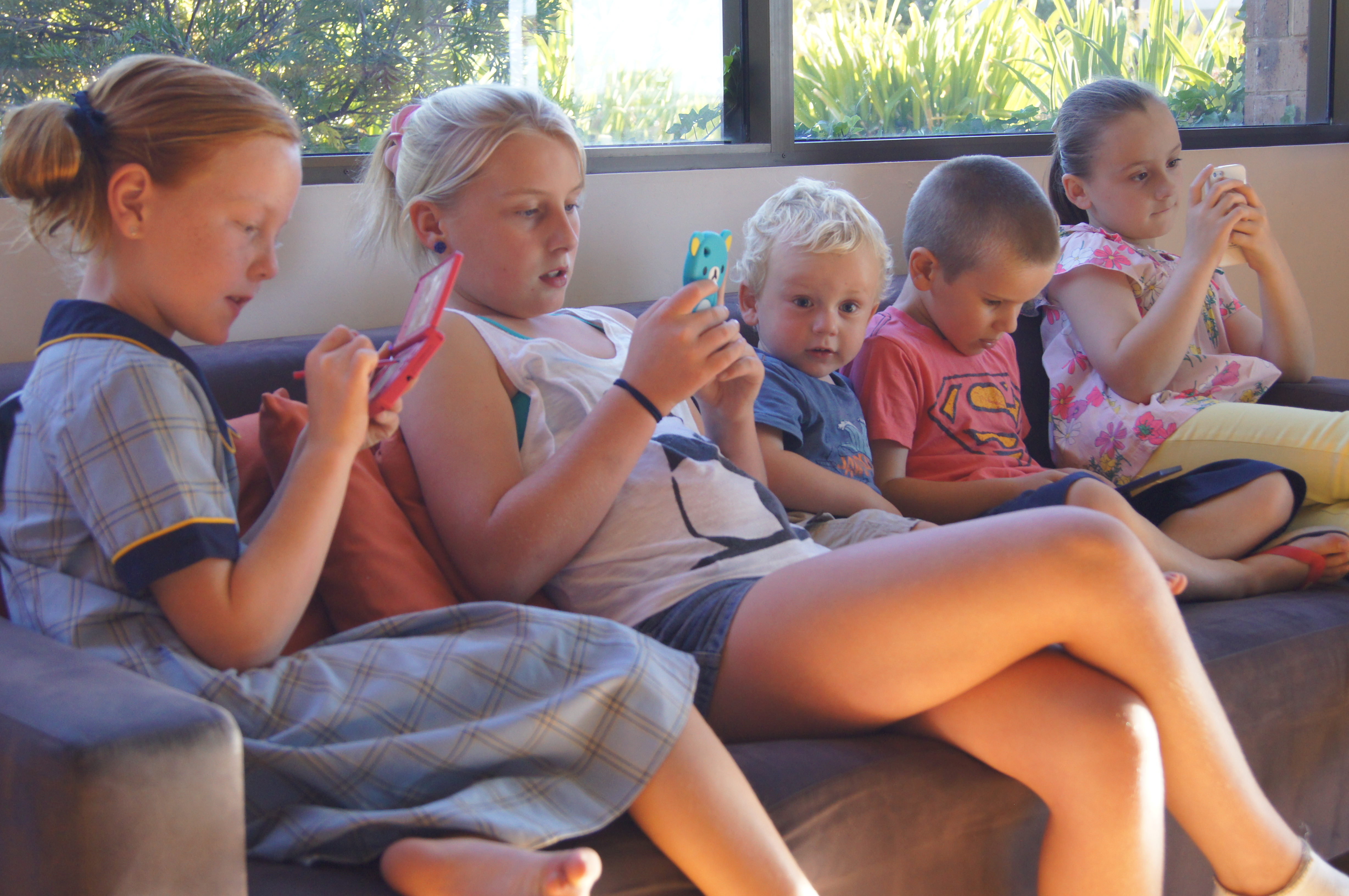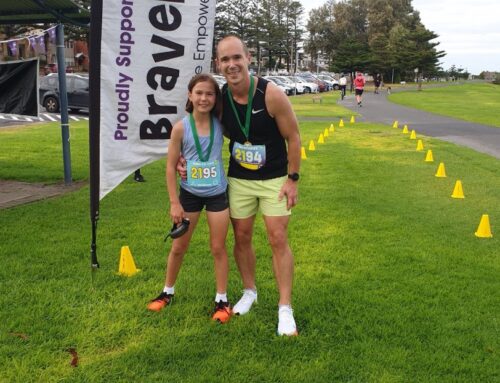We’re all creatures of habit, which of course is fine IF our habits are healthy ones! The problem with being a creature of habit is when those habits are bad for our health. What habits are you teaching your children?
Being a father of three young children aged 11, 9 and 5 and a Physiotherapist I’m passionate about creating the right habits for my children. For this reason I initiated the Smart Health School Program.
The Smart Health School Program is all about creating a culture of physical health and wellbeing when using mobile IT devices. One of the key things that I emphasise when talking with students, parents or teachers is to remember that our postures, movements and lifestyles are primarily governed by a couple of things, our habits and our environment or ergonomics. We can change and improve both of these things today! But we need to be aware of them first then work out how to improve them.
Habits are notoriously hard to change. Ultimately they are controlled by the non-thinking part of our brain. Without so much of a conscious thought -we just do them! Here’s an example of a physical movement habit…. While you’re reading this fold your arms across your chest. Now, have a look down and see what arm you’ve naturally put on top. There’s a fair chance that this is always the arm that ends up on top and more than that it always ends up in this exact position – feels comfortable doesn’t it? Now uncross your arms and this time fold them again putting the other arm on top. Feel a little uncomfortable? Some people can’t even work out how to make this happen! If you wanted to, with some practice, you could train yourself to be able to fold your arms either way (but you’d need a really good reason to do that!!).
Habits feel normal and comfortable, even the ones that aren’t so good for us simply because that’s the way we’ve always done it. We learn our habits early in life. Think about learning a new sport. As soon as we begin a new activity we are laying down new movement patterns and skill and coordination improves if we are provided feedback and practice regularly.
Now, consider all your screen time (Facebook, Instagram, Twitter, emails and work à on your phone, tablets & laptops etc) and all your children’s screen time. Habits that relate to IT usage and screen time include; where, when, how often, for how long and your position and posture when you’re using them. So ask yourself this… What habits have you developed around screen time & computer, laptop and tablet set up? Perhaps more importantly ask yourself what habits are your children developing? As their guardians we are responsible for providing their environment and the framework around their IT use to ensure that they develop safe and healthy habits. We wouldn’t give a child a bike without also giving them a helmet (making them put it on) and teaching them the road rules now would we!
Today’s IT devices are extremely attractive to growing inquisitive minds, some would even say addictive. The ideal time to foster good healthy habits in children is as soon as they are introduced to that device, both at school and at home. The earlier you can establish healthy habits the better!
Here’s just a sample of what we recommend in our Smart Health School Program to teachers and parents from the growing body of research to help create healthy habits in your children when using their computers and mobile technologies.
- It’s all about balance! The more you, your family and your children balance the amount of screen time with physical activity the happier and healthier you will be.
- Children model off their parents – So what are you modelling? How often do you exercise or be active? What positions and postures do you use your screens in? At home; where, when, how often and for long do you use a screen for? What about your children? Are you active as a family?
- For children aged 0-2 years no screen time is recommended.
- For children aged 2-5 years no more than 1 hour of screen time per day is recommended.
- For children aged between 5-17 years no more than 2 hours of screen time for entertainment per day is recommended.
- Try setting up a standing workstation.
- Considering all of the above establish strong, binding essential agreements that everyone in the family agrees to. Talk with your family about these issues.
For more information about Greg Campbell, Smart Health and the Smart Health School Program go to www.smarthealthtraining.com.au/schools .
Greg Campbell is a husband, father of three young children (aged 11, 9 and 5), Physiotherapist & Managing Director of Smart Health Training and Services and the founding principal of the Smart Health School Program.





